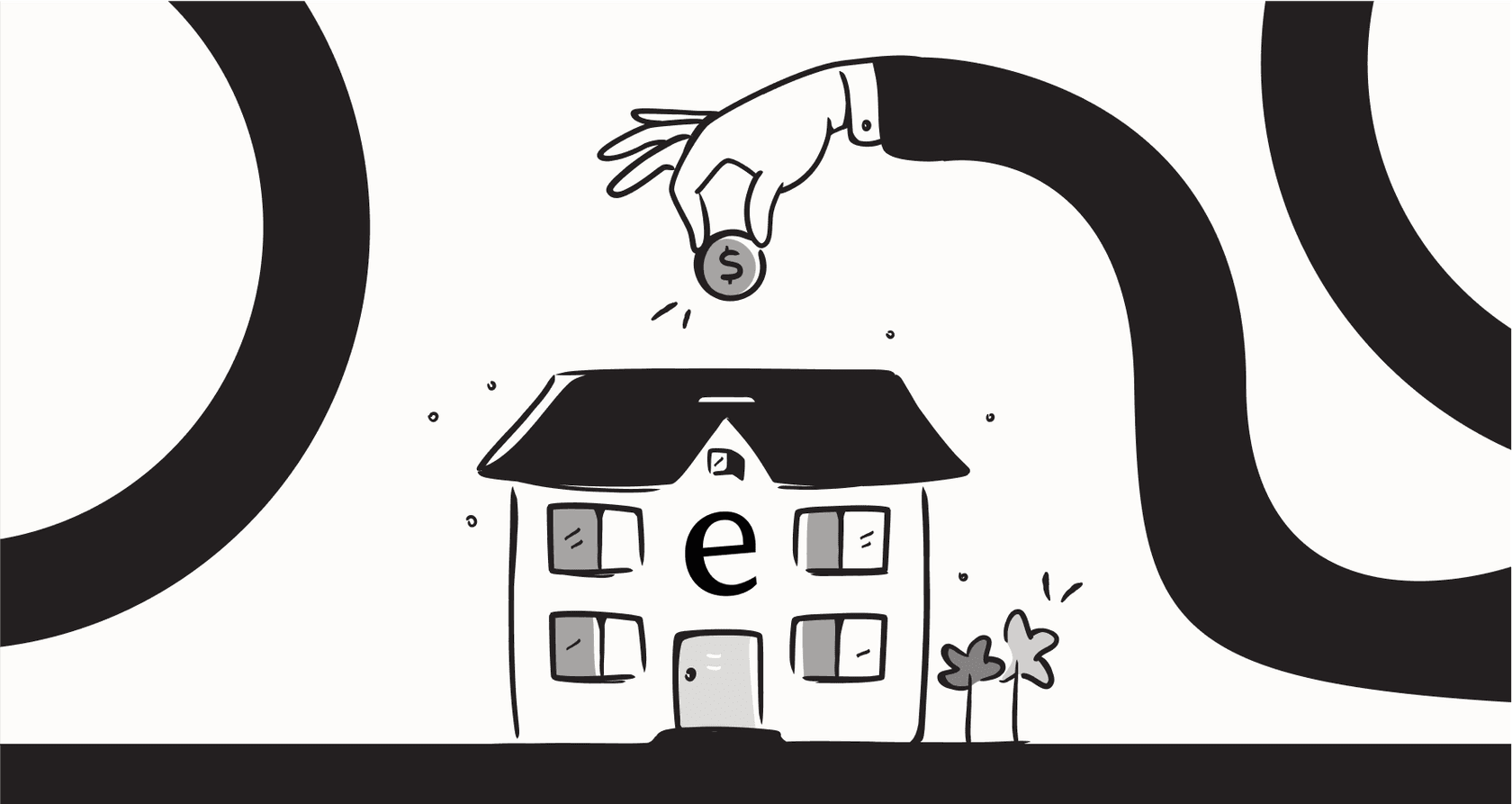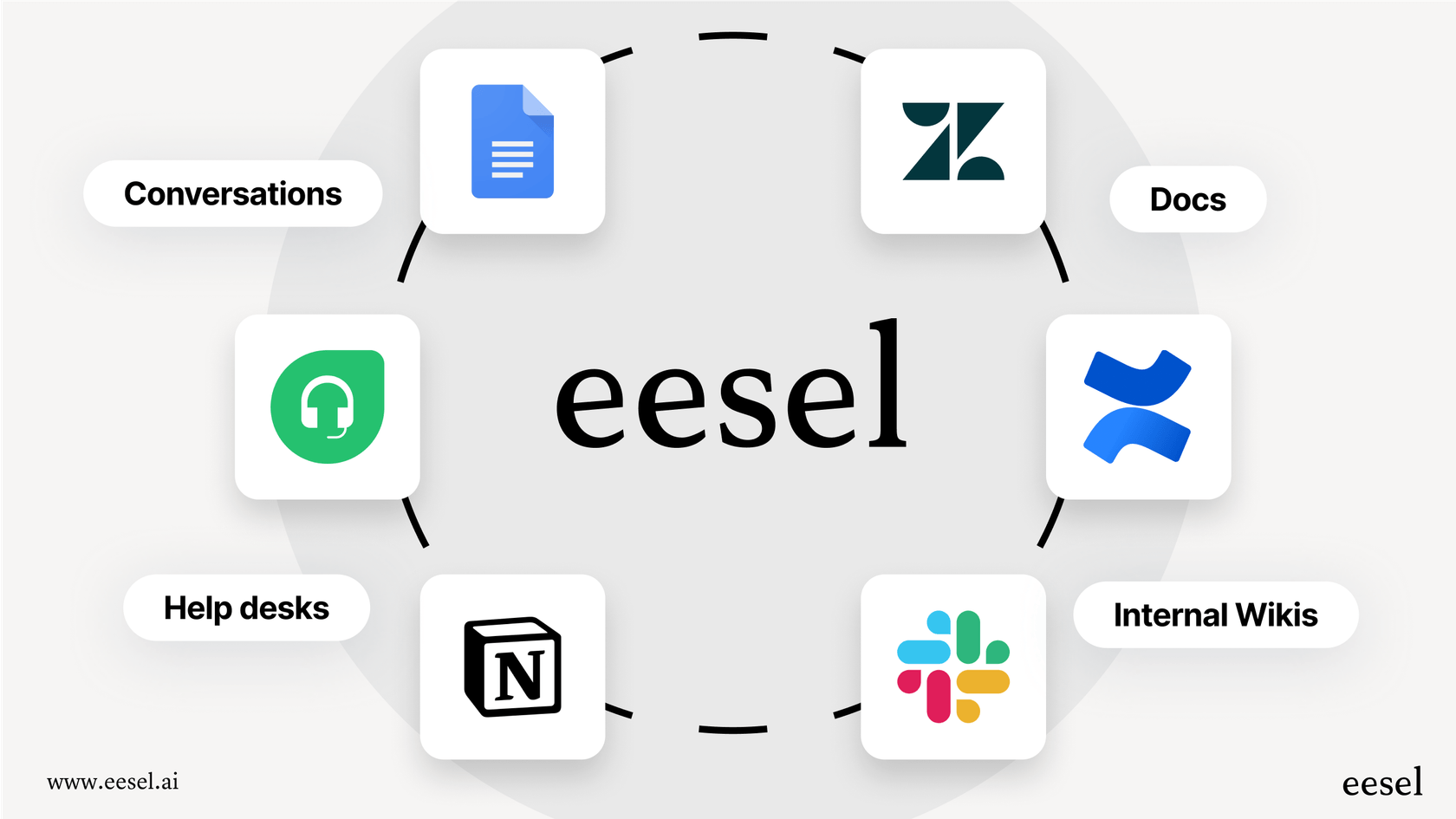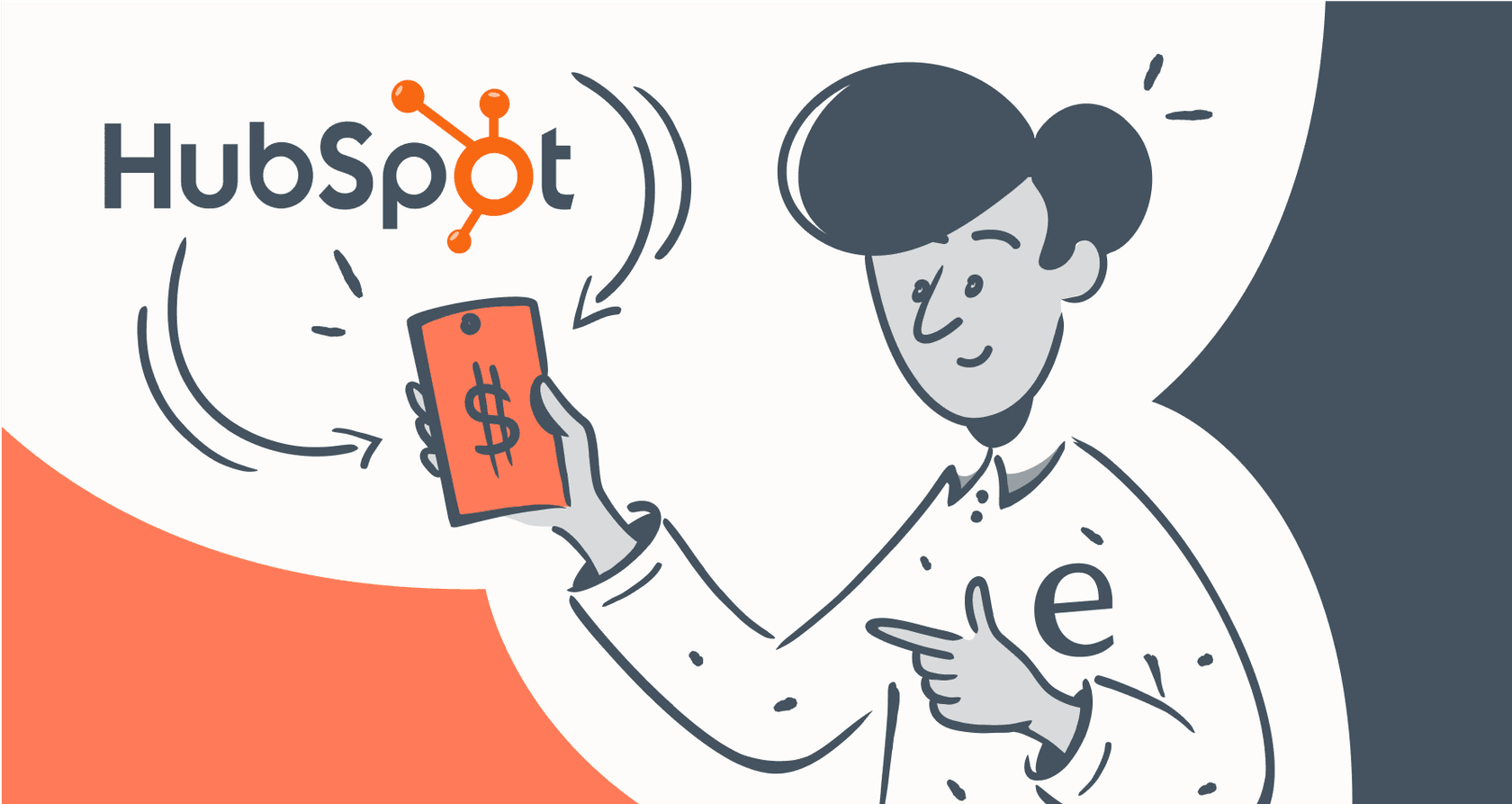
It feels like you can't scroll through social media without seeing a new mind-blowing demo from OpenAI's Sora 2. The next wave of AI video is finally here, and it has everyone asking one big question: what’s the price tag?
Right now, the simple answer is that it's free, but only if you can get your hands on an invite. The full story, as you might expect, is a little more nuanced. OpenAI is rolling out its new model with a pretty unique approach, starting with free access but dropping hints about what's to come.
Let's dig into everything you need to know about Sora 2 pricing. We’ll cover what this new model is all about, how the free and Pro versions work, how its costs stack up against other tools, and what to expect down the road.
What is OpenAI’s Sora 2?
Sora 2 is OpenAI’s newest and most powerful text-to-video model. You can think of it as a huge leap forward from the original version. It's capable of creating incredibly realistic videos from just a text prompt, complete with synchronized dialogue and sound effects. The official Sora 2 announcement calls it a major step up in simulating the real world with more accuracy and control.
One of the coolest features getting a lot of attention is "cameos." This lets you pop yourself or your friends into AI-generated scenes, which really starts to blur the line between what's real and what's created.
Instead of just being a tool on a website, OpenAI is launching Sora 2 through a dedicated social app on iOS called "Sora." This move positions it as a direct competitor to platforms like TikTok, with a big focus on creating, remixing, and sharing content. The catch? Getting access isn't so simple. It's currently an invite-only rollout in the U.S. and Canada, so the waitlist is getting longer by the day.
The current Sora 2 pricing model: Is it really free?
Yep, for the time being, Sora 2 is free for anyone who gets an invitation. OpenAI’s goal is to let people play around with its features without hitting a paywall. But, there are a few things to keep in mind about this "free" access.
The official line is that the free tier has "generous limits," but what those limits actually are isn't public knowledge. They depend on compute availability, which is a fancy way of saying that if a lot of people are using it, you might find your creative session cut short. It’s best to think of this as an open beta phase, where the main goal is to get user feedback, not to offer a permanently unlimited service.
To get in the queue, you need to download the Sora iOS app and join the waitlist. There's no timeline on when you'll get in, so a little patience will go a long way.
Understanding the pricing tiers: Sora 2 vs. Sora 2 Pro
Once you're in, there are two different tiers of access you might have.
-
The Standard Free Tier: This is what most invited users will get. It gives you access to all the core features of Sora 2, like video and audio generation and the fun cameo function. It's the perfect place to start experimenting and see what the model can do.
-
Sora 2 Pro for ChatGPT Pro Users: If you're already paying for a ChatGPT Pro subscription, you get a nice bonus. You'll get access to Sora 2 Pro, which is an experimental but higher-quality version of the model. This isn't a separate charge; it's included in the existing $20/month fee. For creators who need the absolute best output, this pretty much sets the baseline price for top-tier Sora 2 videos.
What will future Sora 2 pricing look like?
OpenAI has been pretty open about the fact that the free ride won't last forever. They've mentioned that if demand for Sora 2 gets too high for their available computing power, they might add an option to pay for extra video generations.
Looking a bit further out, an API release for developers seems like a safe bet. If that happens, we'll probably see a pricing model based on usage, just like their other AI models. That would likely mean paying per minute of video you generate or by "token." This model gives you flexibility, but it can also make costs hard to predict.
This video provides a practical guide for users on the $20/month tier, exploring Sora's capabilities and credit system.
How Sora 2 pricing compares to the competition
While Sora 2 is making a splash with its free entry, it's not the only AI video tool out there. The competition gives us some good clues about where its pricing could end up. Its main rivals already have set prices for different types of users.
Here’s a quick rundown of how the top platforms compare:
| Feature | OpenAI Sora 2 | Google Veo 3 | Meta Vibes |
|---|---|---|---|
| Key Capability | Hyper-realistic video & audio, "cameo" feature | 4K cinematic realism, synchronized audio | Social-focused, remixing, cross-posting |
| Current Pricing | Free (invite-only) / Sora 2 Pro via ChatGPT Pro ($20/mo) | Subscription-based (from ~$19.99/mo) | Free (integrated into Meta AI app) |
| Primary Audience | Creative professionals, social media creators | Professional creators, filmmakers | Casual social media users |
| Availability | Invite-only iOS app (US & Canada) | Wider access, tiered plans | Integrated into Meta apps |
Sora 2's free-to-start approach is a smart way to build a big user base fast, similar to what Meta is doing with Vibes. On the other hand, Google's premium pricing for Veo 3 proves there's a market of professionals who will pay for high-end features. It's a good guess that OpenAI will eventually introduce paid plans to serve this market, especially after the initial excitement dies down and they have a better handle on their costs.
The hidden costs: Limitations and other considerations
The monthly fee is just one piece of the puzzle. Using any generative AI tool, especially for creative projects, comes with some "hidden costs" and hurdles you should think about.
First off, there’s the learning curve. Anyone who's played with AI image generators knows that the secret to a great result is writing a great prompt. The same goes for video.
Learning how to engineer good prompts takes time and practice, which is an investment of its own.
Then there's the messy legal and ethical side of things. Generative AI models are trained on huge datasets, and the conversation around copyright is far from over. OpenAI is currently in a lawsuit with The New York Times over its training data, which shows a potential risk for anyone trying to build a business with these tools. These unresolved questions are a kind of hidden cost because the rules could change at any moment.
Beyond Sora 2 pricing: Get predictable AI results where it counts
The creative possibilities of Sora 2 are genuinely exciting, but its shifting pricing and access issues create a lot of uncertainty. For a business, predictability is everything, especially for something as important as customer support. You just can't afford to deal with wild cost swings or wait months for an invite.
This is where a tool like eesel AI makes a lot of sense. It’s an AI platform built specifically for the high-stakes world of customer service, where a clear return on investment and stable costs are must-haves.
Here’s how it tackles the challenges we're seeing in the creative AI space:
-
Transparent and Predictable Pricing: With Sora 2, future costs are a big question mark. In contrast, eesel AI offers simple monthly or annual plans without any per-resolution fees. This means you’ll never get a surprise bill after a busy month, so you can actually budget with confidence.
-
Go Live in Minutes, Not Months: Why sit on a waitlist? eesel AI is designed to be completely self-serve. You can connect it to your helpdesk (like Zendesk or Freshdesk), train it on your knowledge from sources like Confluence or Google Docs, and have it running the same day, all without talking to a salesperson.
-
Test with Confidence: Creative AI is fun to experiment with, but business AI is all about managing risk. eesel AI comes with a powerful simulation mode that lets you test your setup on thousands of your past tickets. You can see exactly how it will perform and get solid forecasts on resolution rates and cost savings before you turn it on for your customers.
 A screenshot of the eesel AI platform integrated with Zendesk, showing how it provides predictable and reliable AI for customer support, unlike the variable Sora 2 pricing.
A screenshot of the eesel AI platform integrated with Zendesk, showing how it provides predictable and reliable AI for customer support, unlike the variable Sora 2 pricing.The future of Sora 2 pricing
Sora 2 is a fascinating tool, and its pricing model is a perfect reflection of where it is in its journey. For now, it's a free-for-all for the lucky few who snag an invite, with a better experience reserved for ChatGPT Pro users. But all the signs suggest that a future with more concrete, and probably higher, costs is on the horizon.
The world of AI video is moving incredibly fast, but it’s also full of the kind of volatility that businesses need to steer clear of in their day-to-day operations. When it comes to something as vital as customer service, you need a tool that's reliable, predictable, and built for business from the ground up.
Ready to use AI with predictable costs and a clear ROI? Try eesel AI today and see how you can automate your support in minutes, not months.
Frequently asked questions
Currently, Sora 2 is available for free to users who receive an invitation through the iOS app. This access comes with "generous limits" but is subject to OpenAI's available computing power, meaning usage might be restricted during high demand.
The Sora 2 Pro tier is included for existing ChatGPT Pro subscribers at no additional charge, within their $20/month subscription. This tier offers an experimental, higher-quality version of the model for advanced creators.
OpenAI has indicated that the free access is temporary. Future Sora 2 pricing may involve paid options for extra video generations if demand is high, and a potential API release would likely introduce a usage-based pricing model.
Sora 2's initial free (invite-only) and ChatGPT Pro-inclusive access contrasts with subscription-based tools like Google Veo 3 (starting around $19.99/month) and Meta Vibes, which is free and integrated into Meta AI apps.
Yes, "hidden costs" include the time investment required to learn effective prompt engineering for quality outputs. Additionally, unresolved legal and ethical questions around AI training data and copyright pose potential risks for commercial use.
If an API for Sora 2 is eventually released for developers, the pricing model is expected to be usage-based, consistent with OpenAI's other AI models. This would likely involve charges per minute of video generated or by "token" consumption.







